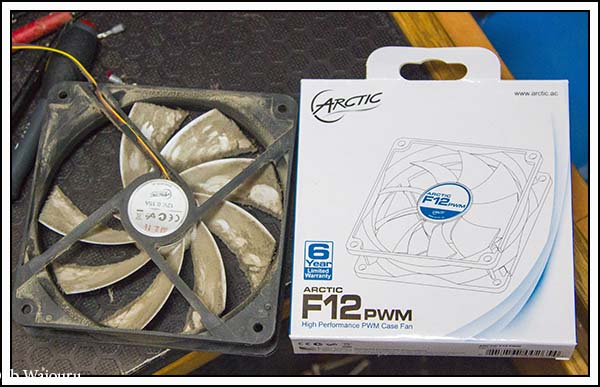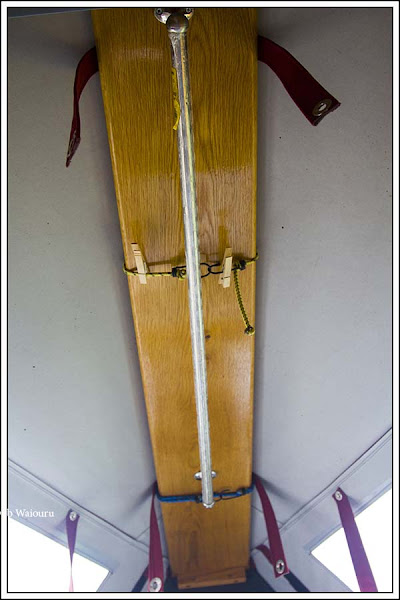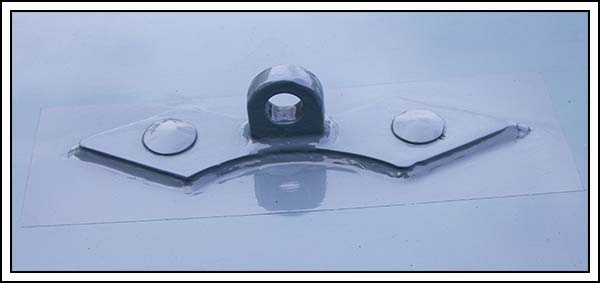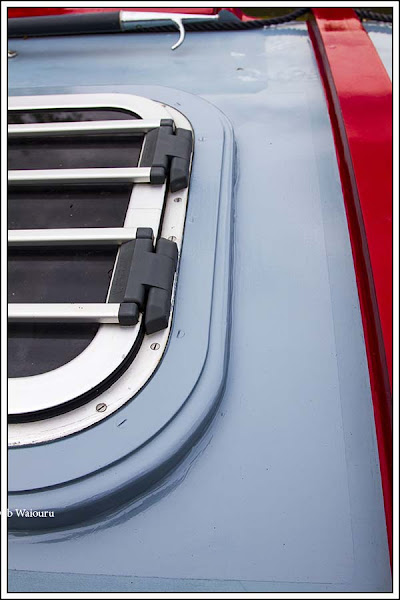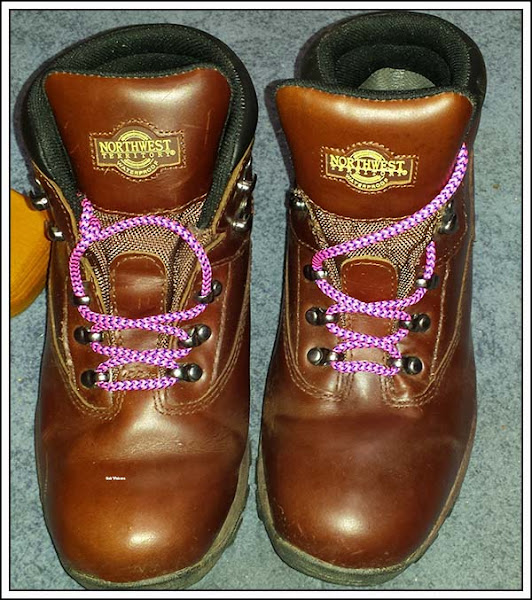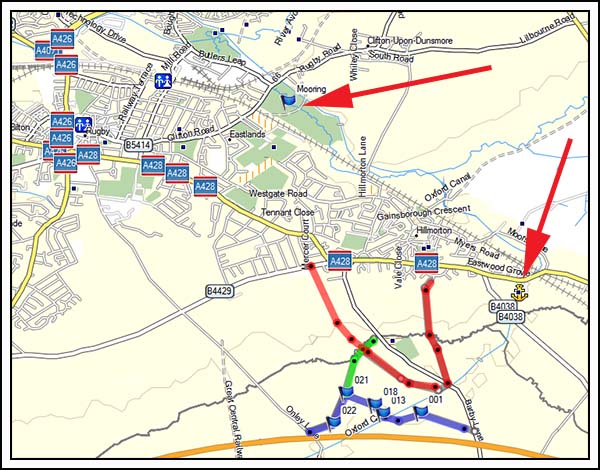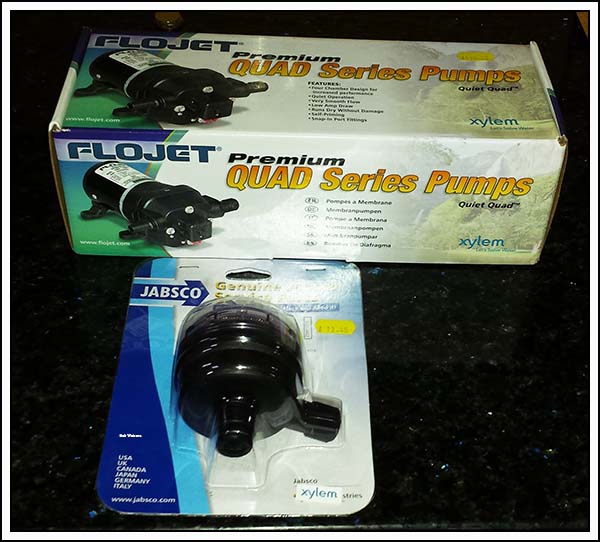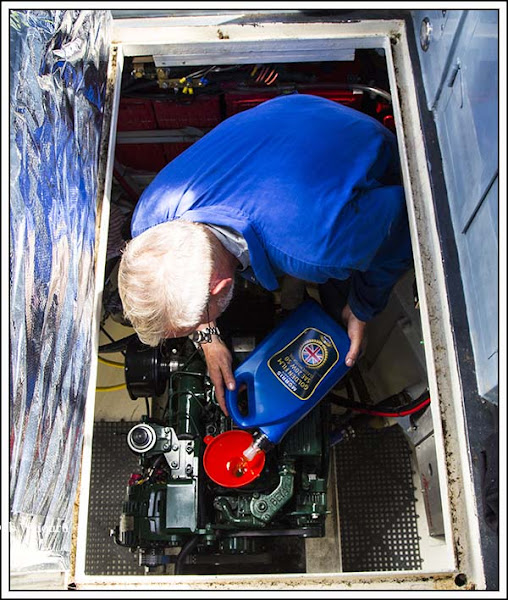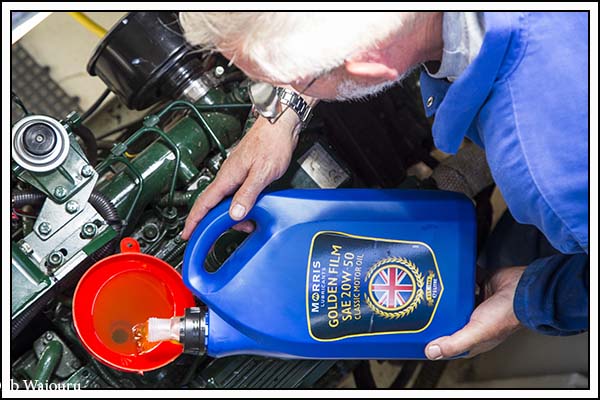A late start today slipping the mooring around 9.30am. The plan was to cruise to Braunston and find a 14 day mooring. Failing that, a 48 hour mooring. This is starting to be a very familiar stretch of canal and we will both be pleased to be shortly heading north. Despite this, the scenery is pleasant.
First stop was at Hillmorton Wharf where I was looking for that elusive 1/2 inch female elbow. Whilst I was waiting to be served I examined the composting toilets (as boaters do!) I understand how the solids and liquids go into the separate compartments but have reservations whether my body is as knowing! Unfortunately they didn’t have the part in stock so whilst we were moored I asked for the Hurricane tank to be filled (50L – good price at 87p/l). The engine hasn’t been run much and consequentially we’ve been using the Hurricane to heat the water.
There was a wide beam moored on the north side of Bridge 76. It obscures the view of the bridge hole and limits the canal to single lane. Fortunately we were closer to the bridge than the boat coming in the opposite direction. The boat behind was less fortunate.
There is one final winding hole before Hillmorton Locks which we assume is where the boat will turn to head back to the wide canals.
There are a number of particularly attractive spots between Hillmorton and Braunston. It was good to see a field of yellow that wasn’t rape…… Buttercups!
The last 14 day mooring before Bridge 90 (London Road) was vacant and we managed to squeeze into it. The road noise isn’t that bad but the speed of some of the passing boats is bashing us around. It’s not usually a hire boat. Just privately owned X-Wing fighters doing warp 3.
Jan pegged out the last of the laundry to dry (two loads done during the cruise) whilst I headed off to complete four outstanding tasks. First stop was the cratch cover manufacturer in Braunston Marina (Closed – failure). That’s four attempts I made to find them open. There won’t be a fifth! Next, I walked to the laundrette to check the machines (£3.50 a load). Jan may wash the spare bed duvet tomorrow (Success). After that it was a walk up to Braunston Chandlers below the Bottom Lock. I wanted to know if they had any Oxalic Acid so I can remove the black stains from the base of the timber porthole liners before revarnishing them (Failure – where do you get the acid Paul?). They didn’t have the spare alternator belt in the length we require (Failure) but they were able to sell me the brass fitting which will enable me to fit the water pump pre-filter.
Whilst walking to the marina I passed nb Muleless. Gary was working in the cockpit and was subsequently joined by Della. We had a chat and Della subsequently invited us for drinks in the evening. Should be interesting.
A decision is going to be required about tomorrow’s activities. If it is fine then should we take advantage of the weather and continue with the painting or go for a long walk. Probably the former!







